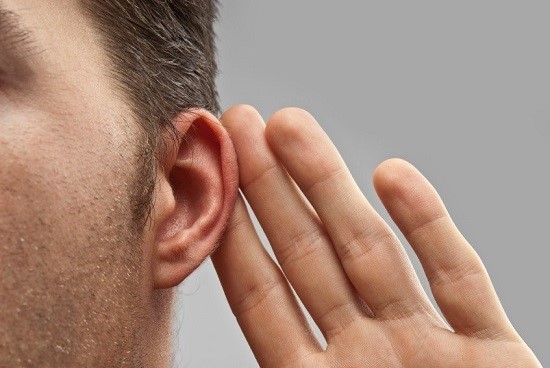
To state that hearing loss is common is a bit of an understatement. In the US, 48 million individuals report some level of hearing loss. This means, on average, for every five people you encounter, one will have hearing loss. And at the age of 65, it’s one out of three.
With odds like that, how can you avoid becoming one of those five?
To help you understand how to conserve healthy hearing all through your life, we’ll take a closer look at the causes and types of hearing loss in this week’s blog post.
How Healthy Hearing Works
Hearing loss is the disruption of normal hearing, so an appropriate place to get started is with an understanding of how normal hearing is intended to work.
You can picture normal hearing as consisting of three chief processes:
- The physical and mechanical transmission of sound waves. Sound waves are created in the environment and move through the air, like ripples in a lake, eventually making their way to the external ear, through the ear canal, and ultimately hitting the eardrum. The vibrations from the eardrum are then transferred to the middle ear bones, which then trigger the tiny nerve cells of the cochlea, the snail-shaped organ of the inner ear.
- The electrical conduction from the inner ear to the brain. The cochlea, once stimulated, converts the vibrations into electrical signals that are sent via the auditory nerve to the brain.
- The perception of sound within the brain. The brain perceives the electrochemical signal as sound.
What’s fascinating is that what we perceive as sound is nothing more than sound waves, oscillations, electricity, and chemical reactions. It’s a fully physical process that leads to the emergence of perception.
The Three Ways Normal Hearing Can Go Wrong
There are three primary types of hearing loss, each disrupting some factor of the normal hearing process:
- Conductive hearing loss
- Sensorineural hearing loss
- Mixed hearing loss (a combination of conductive and sensorineural)
Let’s take a look at the first two, including the causes and treatment of each.
Conductive Hearing Loss
Conductive hearing loss impedes the physical and mechanical conduction of sound waves to the inner ear and cochlea. This is brought on by anything that hinders conduction.
Examples include malformations of the outer ear, foreign objects inside of the ear canal, fluid from ear infections, perforated eardrums, impacted earwax, and benign tumors, among other causes.
Treatment of conductive hearing loss consists of extracting the obstruction, treating the infection, or surgical correction of the malformation of the outer ear, the eardrum, or the middle ear bones.
If you suffer from conductive hearing loss, for instance from impacted earwax, you could begin hearing better instantly following a professional cleaning. With the exclusion of the more severe forms of conductive hearing loss, this form can be the fastest to treat and can restore normal hearing completely.
Sensorineural Hearing Loss
Sensorineural hearing loss disrupts the electrical conduction of sound from the cochlea to the brain. This is the result of damage to either the nerve cells within the cochlea or to the auditory nerve itself.
With sensorineural hearing loss, the brain is provided with weaker electrical signals, limiting the volume and quality of sound.
The chief causes of sensorineural hearing loss are:
- Genetic syndromes or fetal infections
- Typical aging (presbycusis)
- Infections and traumatic injuries
- Meniere’s disease
- Cancerous growths of the inner ear
- Side effects of medication
- Abrupt exposure to exceedingly loud sounds
- Long-term subjection to loud sounds
Sensorineural hearing loss is most commonly associated with direct exposure to loud sounds, and so can be prevented by staying clear of those sounds or by protecting your hearing with earplugs.
This form of hearing loss is a little more challenging to treat. There are no present surgical or medical procedures to heal the nerve cells of the inner ear. However, hearing aids and cochlear implants are very effective at taking over the amplification tasks of the nerve cells, bringing about the perception of louder, more detailed sound.
The third type of hearing loss, mixed hearing loss, is basically some combination of conductive and sensorineural hearing loss, and is treated accordingly.
If you have any difficulty hearing, or if you have any ear discomfort or lightheadedness, it’s best to consult your physician or hearing professional right away. In nearly every instance of hearing loss, you’ll get the best results the earlier you attend to the underlying problem.

